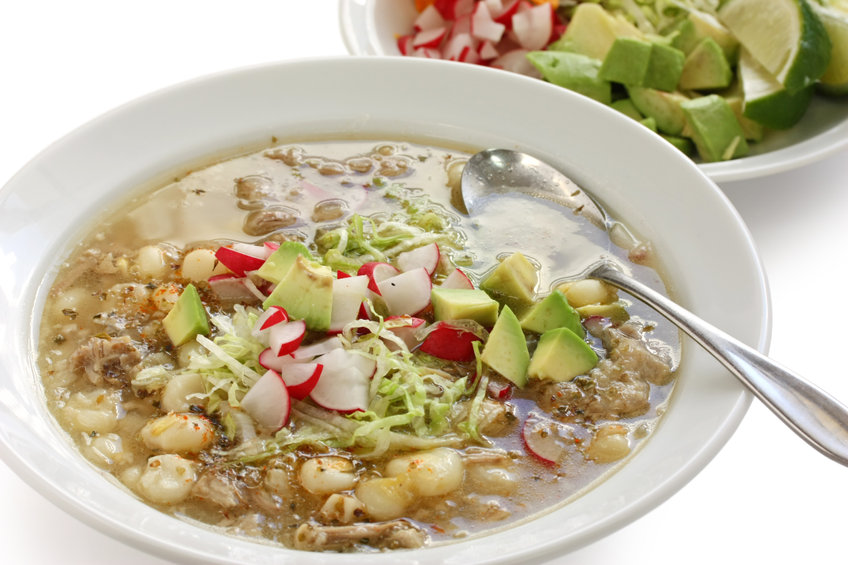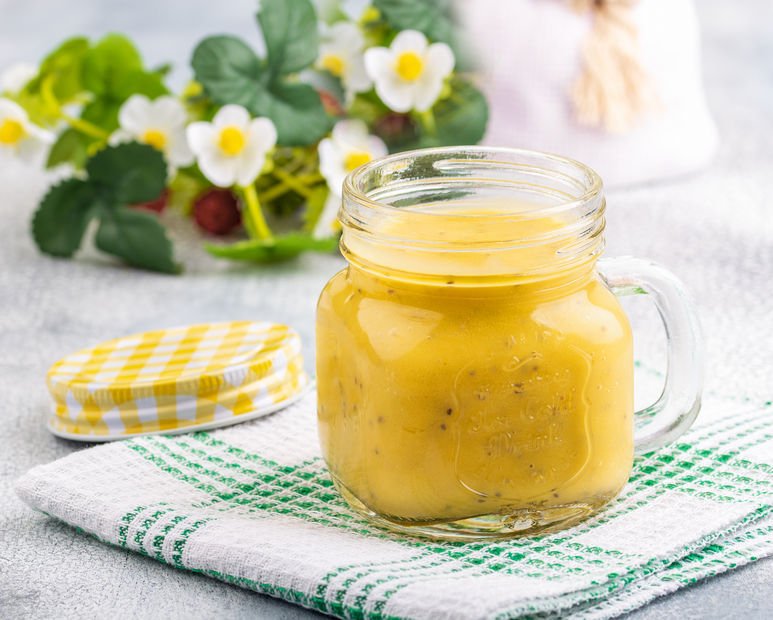Common Myths About HIV
MYTH #1: I can get HIV by being around people who are HIV positive.
HIV cannot be spread through casual contact. The virus can only be transmitted through certain body fluids including: blood, semen, rectal fluid, vaginal secretion, and breast milk. HIV is not spread through saliva, sweat, tears, or even mosquito bites. Here’s a detailed list from the CDC on how HIV can and cannot be transmitted.
MYTH #2: Only gay men can get HIV.
Although the infection rates are more prominent in gay and bisexual men. Anyone, regardless of age, sex, background, or sexual orientation can become infected with HIV.
For new HIV positive cases reported from 2015 to 2019, male to male sexual contact accounted for 69% and male to female sexual contact made up for 23% of diagnoses.
MYTH #3: It’s OK to have unprotected sex if both partners have HIV.
Unprotected sex between two people that have each been diagnosed with HIV is still risky.
HIV comes in different forms or variants and those variants can be transmitted between partners even if one or both partners is already infected with HIV. Different types of the virus may not react to medication in the same way or can cause other problems with treatment. Types of HIV are also known to change over time, so even if one partner infected the other, their variants could be different. The risk of transmission can be reduced to zero if both partners use medication to reduce and maintain the amount of HIV in the blood to very low levels. This is also referred to as maintaining an undetectable viral load.
MYTH #4: Birth control prevents HIV.
HIV can be spread through any unprotected sex. Most forms of birth control only prevent pregnancy. The best single way to prevent both HIV and pregnancy during sexual intercourse is by using a condom. However, using a combination of prevention methods like Pre-Exposure Prophylaxis (PrEP) for HIV and one of a wide-range of birth control methods provides even better protection.
MYTH #5: You can tell someone has HIV by how they look.
It’s normal for people with HIV to not look or feel sick. In fact, the CDC reports one in seven people who are infected with HIV don’t even know it. The only way to know if a person has HIV is for them to get tested and share their positive results.
MYTH #6: HIV is curable.
At this time there is no cure for HIV. Medicine can help people who have the virus live long, healthy lives. Treatment can even reduce one’s viral load to an undetectable (and untransmittable) level.
If you have questions about HIV testing, prevention, or treatment, talk to your NOAH provider.




